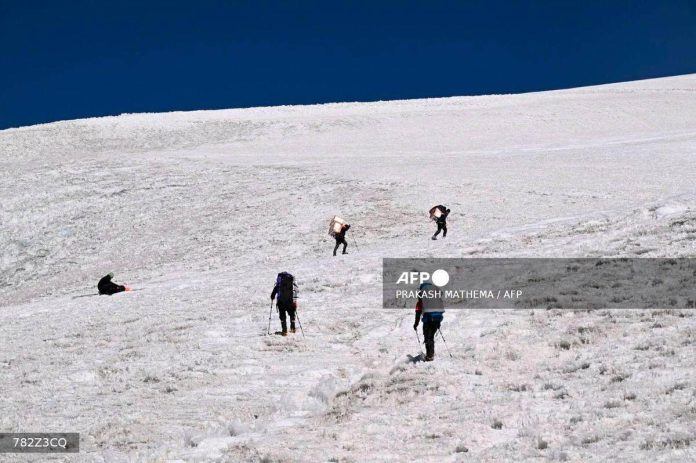KON CHUKURBASHI: Scientists are drilling deep into a Tajik glacier to uncover why Central Asia’s ice masses have resisted global warming while others melt.
A dozen researchers trekked to over 5,800 metres altitude on the Kon-Chukurbashi ice cap near the Chinese border in eastern Tajikistan.
They camped for a week in freezing conditions to extract two 105-metre-long ice cores from the glacier.
These ancient ice layers contain centuries or millennia of climate data including past snowfall, temperatures, and atmospheric composition.
Team leader Evan Miles described the cores as potentially unique records extending back 20,000 to 30,000 years.
The research focuses on the “Karakoram anomaly” where glaciers in Central Asia’s high mountains have remained stable or gained mass.
Miles noted this region has shown very limited mass loss compared to global glacier decline in recent decades.
Scientists aim to determine if recent limited ice loss signals natural variation or the start of real decline.
Ice core analysis will provide longer records of temperature and precipitation at glacier sites.
One core will be analysed in Japan while another joins the Ice Memory Foundation’s Antarctic archive.
The foundation preserves ice cores for future scientists to study with advanced tools in coming centuries.
Ice Memory president Thomas Stocker warned we may lose 90% of Earth’s glacier mass due to human action.
The expedition was supported by the Swiss Polar Institute and involved researchers from Switzerland, Japan, the United States and Tajikistan.
Scientists planned to discuss their findings at a news conference in Dushanbe on Monday. – AFP








